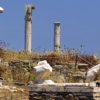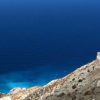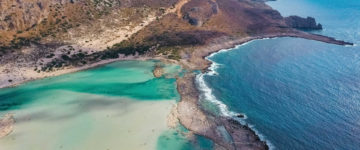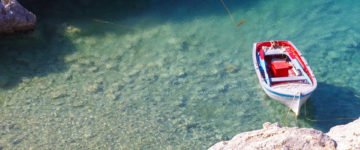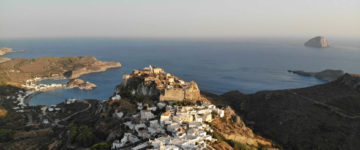
The largest of the Dodecanese islands in Greece, Rhodes is abundant in beaches, wooded valleys and ancient history. Through all its history, Rhodes has remained beautiful. Its beaches are among the cleanest in the Aegean Sea, and its interior is still home to unspoiled mountain villages, rich fertile plains and beautiful butterflies. Whether you seek the buzz of nightlife and beaches, diving in crystal-clear water or a culture-vulture journey through past civilisations, it’s all here.
Rhodes is capital of the Dodecanese and one of the biggest islands in the Aegean with a total area of 1.400.000 square kilometres and an estimated population of 116.000 inhabitants. The capital’s nucleus is a beautiful medieval city, legacy of the crusading Knights of St John, who used the island as their main base from 1309 until 1522.
Rodhes Town’s medieval atmospheric Old Town is a maze of cobbled streets spiriting you back to the days of the Byzantine Empire and beyond , the fact that made the Old Town very much the main event, followed by Lindos, with its ancient acropolis and atmospheric village. Further south is the picture-perfect town of Lindos, a weave-world of sugarcube houses spilling down to a turquoise bay. On the southeastern side there are beaches, particularly around Afandou, Kalathos and Yennadi as well as isolated monuments of the partly forested interior, such as castles near Monolithos and Kritinia, and frescoed churches at Tharri, Asklipio and Saint George Vardas, are also worth pointing your eye. The far south cape, Prassonissi, is one of the best windsurfing spots in Europe.
The island is blessed by first rate sights and entertainment and for receiving on average more than 300 days of sunshine a year . What’s more, Rhodes is a destination for sun-worshippers from colder, darker, wetter lands around the globe.
Rhodes is located east of Tilos and northeast of Karpathos and the exact geographical coordinates are 36°10’00.0″N 28°00’00.0″E in the Aegean Sea.

